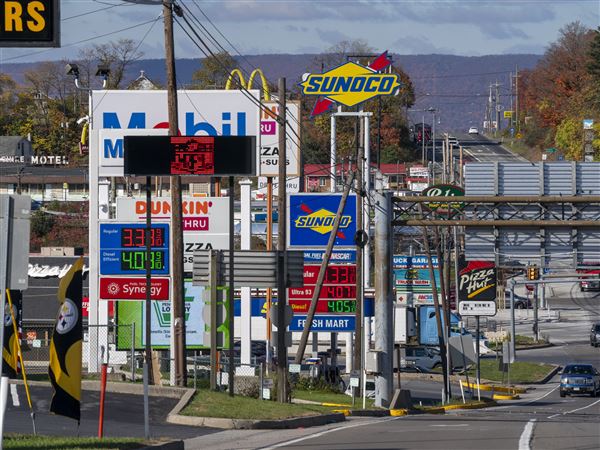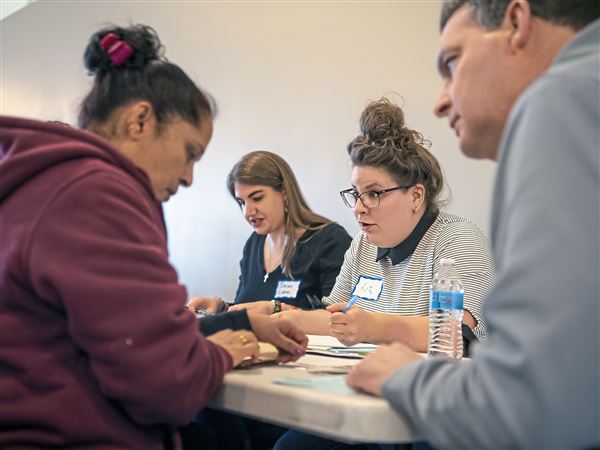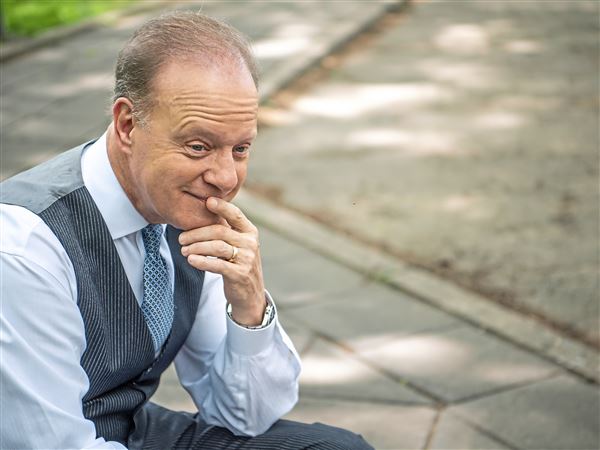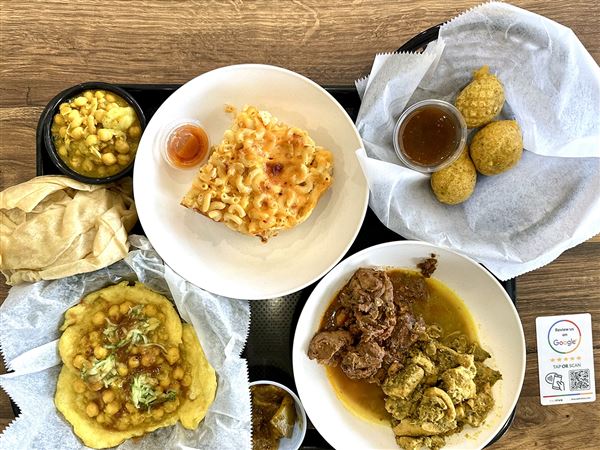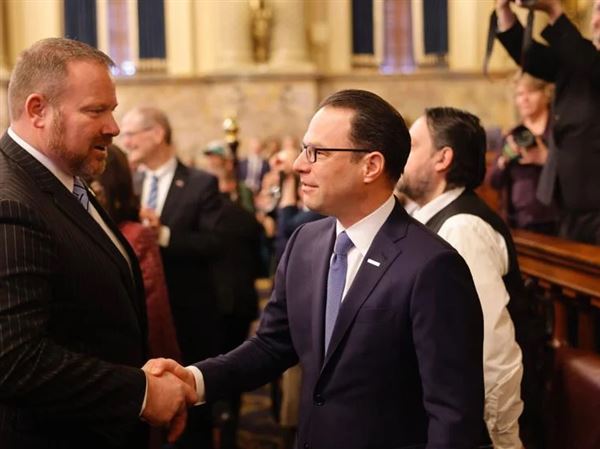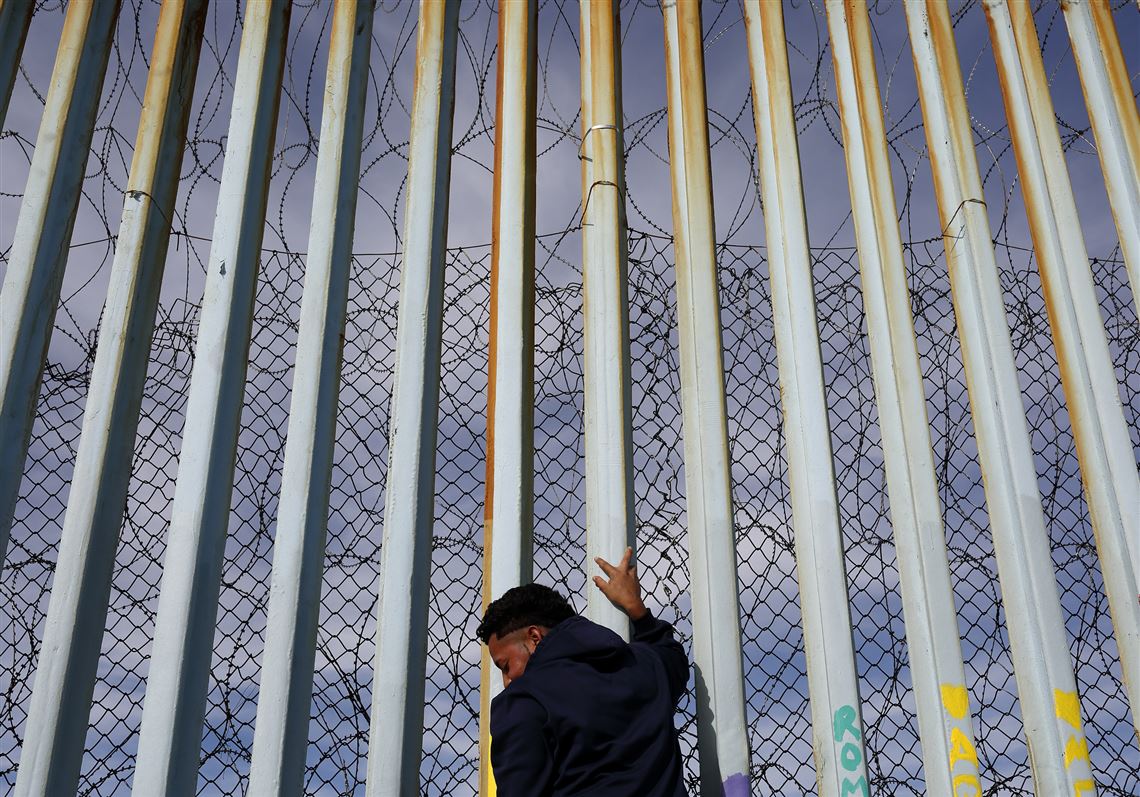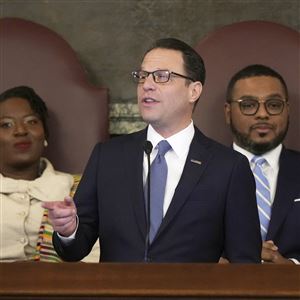As the United States implements a new plan to turn back legal asylum-seekers at the US-Mexico border, the American policy is coming head-to-head with a recent effort by Mexico to grant renewable, one-year humanitarian visas to many of the roughly 13,000 Central American migrants who have accumulated at the country’s southern border.
Tens of thousands of Central American migrants could be stranded in Mexico while their cases are decided — which often takes a year or more — under the U.S. policy, officially called the Migrant Protection Protocols and widely known since last fall as “Remain in Mexico.” The plan went into effect Friday, according to a congressional aide.
The policy — the most drastic measure yet in President Donald Trump’s crackdown on unauthorized immigration and the most sweeping change to the US asylum system in decades — sends people back to Mexico who are legally exercising their right to seek asylum after they've stepped on US soil and orders them to return to the US for a first court date within 45 days, Vox reported. It was piloted Friday at the San Ysidro port of entry with an initial group of asylum-seekers being returned to Tijuana.
Meanwhile, Mexico’s one-year humanitarian visas that allow Central American migrants to live, work, access services, and travel freely around that country will be closed “shortly,” said Tonatiuh Guillén, head of Mexico’s immigration authority.
The humanitarian visas were initially meant to diffuse potential chaos while the Mexican government figured out how to handle the newest wave of Central Americans. Mr. Guillén said Mexico's decision to shut that program is unrelated to the United States’ move but rather because the program was “too successful” and could "overwhelm" Mexico's immigration system.
Instead, he said, the government was exploring potential employment options for people, especially in southern Mexico. On Wednesday, Interior Minister Olga Sánchez Cordero extended work permits, previously granted only to Belizeans and Guatemalans, to Salvadorans and Hondurans in seven southern states to incentivize migrants to stay.
But visas will still be given to the more than 12,000 people who have already applied since Jan. 17, Mexican immigration authorities said. Almost 80 percent of applicants are from Honduras, where small groups have continued to depart in recent days as news of the visas spread and seemed to incentivize some of them to migrate.
Most of the migrants intend to head for the US, a fact Mexican officials have acknowledged. The "remain" policy could force asylum-seekers to wait in dangerous, cartel-controlled Mexican border towns, notorious for high homicide rates, for up to a year. The US faces an immigration court backlog of more than 800,000 cases.
Like several other Mexican officials, Mr. Guillén said he was not formally notified of the U.S. policy.
“This could create a crisis, especially in Tijuana, which is already overwhelmed,” Mr. Guillén said. “But it depends on the amount of people we are really talking about. ... This is a US initiative, and I guess we will have to try and implement it in the most civilized way possible and in accordance with Mexican laws.”
Thousands of migrants from a caravan last fall have waited in Tijuana as the US has slowed processing at the San Ysidro port of entry to just a few dozen per day, a practice known as “metering.”
“The irony of this measure is that it is going to drive people who are trying to apply for asylum at ports of entry and do things the right way into the mountains and deserts,” said Andrew Selee, president of the Migration Policy Institute in Washington. “This is another way to try and limit access to US asylum system rather than try to fix it.”
‘A due process disaster’
Migrant advocates in the US have warned for weeks that a “Remain in Mexico” policy would endanger asylum-seekers by forcing them to wait months or years as their cases are decided.
Mexico, for its part, has said previously it would not accept the return of asylum-seekers who may face a “credible” threat back home, though there have been few details on how that might be determined. The policy will not be applied to vulnerable groups, such as unaccompanied minors or pregnant women, according to news reports.
In the meantime, Mexican authorities worried about the influx of new arrivals, many of whom say the visas drew them to migrate from Honduras, El Salvador, Guatemala and other Central American countries in the first place.
“Especially after [Mexico] just gave all those humanitarian visas out, this new policy could create total disorder,” said Cesar Palencia, head of migrant services in Tijuana. “What are we going to do with all the people they just let in?”
During his campaign, now-President Andres Manuel Lopez Obrador — who took office Dec. 1 — pledged to institute a more humane migration strategy than that of his predecessor, Enrique Pena Nieto, whose administration had come under fire for its treatment of migrants, which included lengthy detention times. Under Mr. Pena Nieto, Mexico began to deport more Central Americans than the United States did on a yearly basis. The country also received substantial US funding for border security and was criticized as doing the bidding of its northern neighbor.
The humanitarian visa program had been part of Mr. Lopez Obrador’s immigration policy shift, as is the rollout of his “Marshall Plan” for Central America, which is supposed to pump an extra $20 billion over five years to create jobs in southern Mexico and the Northern Triangle countries of Honduras, El Salvador and Guatemala. Poverty and unemployment remain top drivers of migration from the region along with high levels of corruption and gang and state violence. Mr. Lopez Obrador’s administration has yet to specify its logistics and sources of funding. But as seen with Mexico’s acceptance of “Remain in Mexico,” he has signaled willingness to work with the United States to reduce the flow of migrants.
A ‘too successful’ program
Though Mexico’s humanitarian visa program is not new, authorities scaled it up dramatically to handle the caravan and subsequent influx. In the first three weeks of 2019, the number of visa applications has already surpassed the number granted last year. Of the 118,285 Central Americans apprehended last year, 8,865, or 7.5 percent, received humanitarian visas, according to the Mexican government, and only 0.4 percent, or 500 people, received one in 2014.
So far in 2019, just 1,210 visas have been granted over more than 12,000 applications, creating a bottleneck as throngs of migrants sleep in any space they can find on the Guatemalan side of the border and the no man’s land on the bridge between the two countries. The wait time to even register for a visa is more than 24 hours, advocates say. Officials have had to start limiting water and food handouts.
Jeisen Urbina is just one of an estimated 14,000 Central Americans migrants who arrived at Mexico’s southern border in the past week. The 22-year-old Honduran taxi driver was part of a caravan of about 2,000 that set off from the San Pedro Sula bus station in northern Honduras earlier this month.
It was his second time traveling with a caravan. In October, Mr. Urbina flung himself into the Suchiate River that divides Guatemala and Mexico as riot police in front of him launched tear gas at thousands of migrants who had pushed through the border fence behind him, determined to reach the United States. Just three months later, he stood calmly eating a bag of peanuts in the same spot on the bridge.
“Well, this is different,” he said, eyeing the water below. He waited for his brother to arrive before approaching Mexican immigration agents guiding Central Americans through the process of getting a humanitarian visa. There were no riot police, border agents, or closed gates — just an ever-growing mass of people waiting in the hot sun to get legal documents.
He had traveled more than 2,700 miles with the last caravan that arrived in Tijuana, in November. But after speaking with immigration attorneys, he decided to return to Honduras to gather more documents that would strengthen his claim for US asylum. Mr. Urbina said he was facing threats after gang members killed his 16-year-old brother.
Now, with the US policy, Mr. Urbina’s chances to enter the US as a legal asylum-seeker may be even narrower.
First Published: January 29, 2019, 10:00 a.m.
